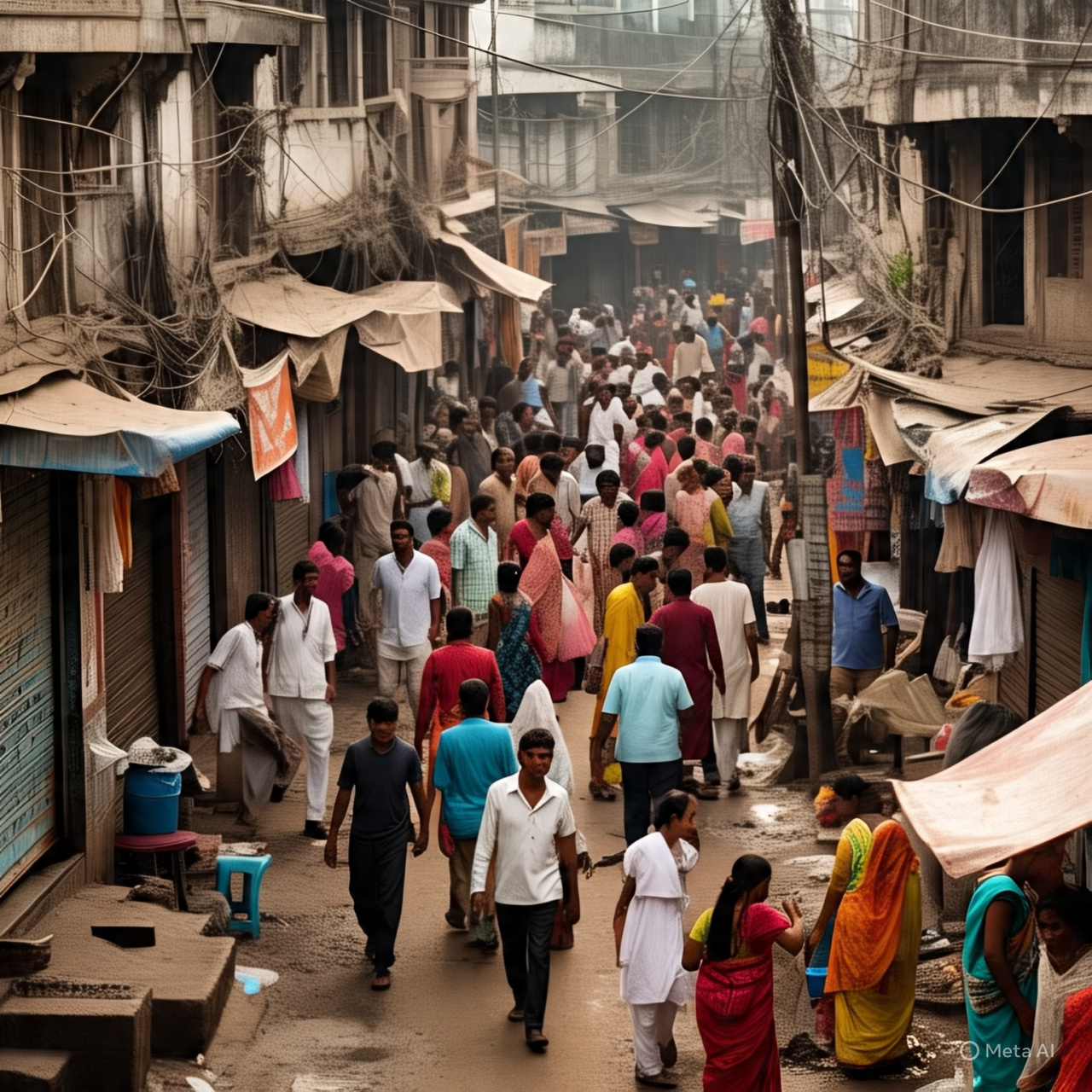Geneva: India has officially become the world’s most populous country, surpassing China, according to the latest report released by the United Nations Population Fund (UNFPA). The report estimates India’s population at 1.4639 billion (approximately 1.46 billion) in 2025, making it the global leader in terms of headcount.
However, the report titled “State of World Population 2025” (SOWP) highlights a critical demographic shift: India’s Total Fertility Rate (TFR)—the average number of children born to a woman—has declined from the replacement level of 2.1 to 1.9. This trend signifies that, in the absence of migration, India’s population may begin to shrink in the future.
Population Size Not the Real Issue, Says UNFPA
The report stresses that the real concern is not the size of the population but the freedom and ability of individuals to make informed reproductive choices. It advocates that access to reproductive health and education are key to empowering people to decide if, when, and how many children they want.
Despite the dip in fertility, India’s youthful demographic remains a powerful asset. The age structure of the population is as follows:
-
24% are aged 0–14
-
17% are aged 10–19
-
26% fall under the 10–24 bracket
-
68% are in the working-age group of 15–64

-
7% are aged 65 and above
Life Expectancy and Demographic Transition
India’s demographic shift is also evident in the rising life expectancy, which is currently estimated at 71 years for men and 74 years for women. Classified as a middle-income country, India is undergoing rapid demographic change, with its population expected to double in approximately 79 years—a timeline that reflects a significant slowdown compared to earlier decades.
Fertility Decline: A Major Milestone
The decline in fertility is a substantial achievement. According to Sample Registration System (SRS) data, India had maintained a TFR of 2.0 in 2020. But the latest UNFPA findings confirm it has now dipped to 1.9, signaling below-replacement fertility levels. This suggests that without inward migration, India will eventually face population stabilization or decline.
Progress Driven by Education and Health Access
UNFPA India Representative Andrea M. Wojnar credited the drop in fertility to improved access to education and reproductive healthcare. “India has made remarkable progress in lowering its fertility rate—from around five children per woman in the 1970s to just under two today,” she said. “This progress is closely linked to women’s empowerment, expanded schooling, and availability of maternal and reproductive health services.”
Wojnar also emphasized that these changes have led to a notable decline in maternal mortality, further showcasing the country’s advancement in public health.
As India grapples with this demographic evolution, policymakers are urged to focus on harnessing its young population and preparing for future challenges such as an aging society, urban migration, and labor market transformations.





